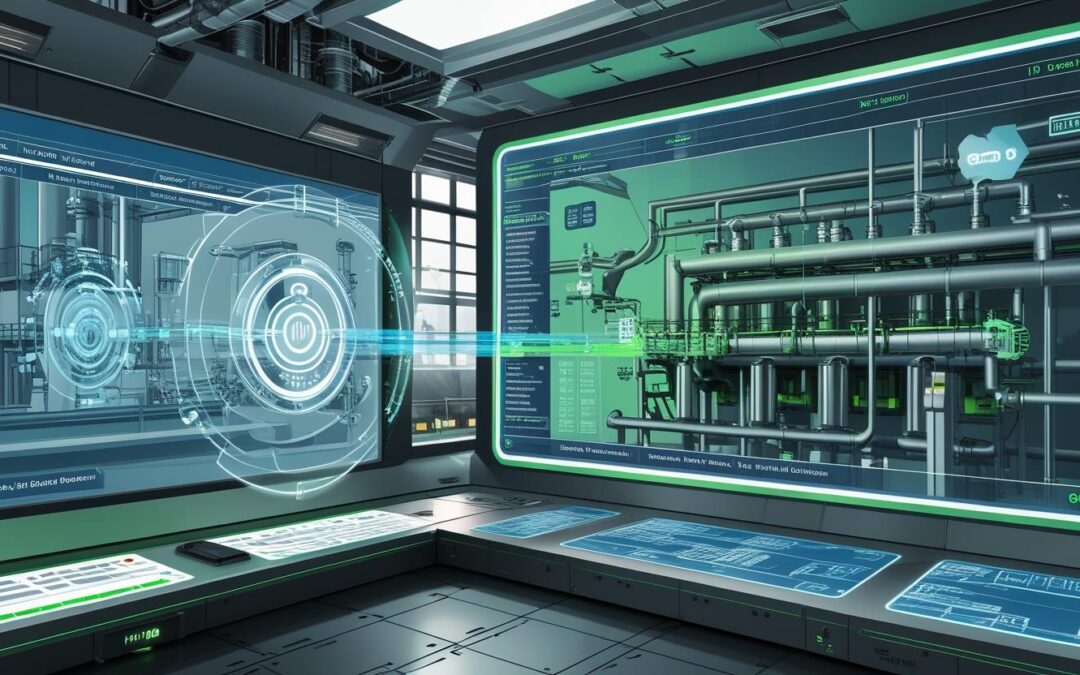The concept of smart living maintenance prediction is transforming how we interact with our homes. With the rise of smart technology, homeowners now have the ability to predict and prevent maintenance issues before they become costly problems. This proactive approach not only saves time and money but also enhances the overall living experience.
In this article, we will delve into the world of smart living maintenance prediction, exploring its benefits, tools, and impact on modern homes. By understanding how this technology works, entrepreneurs and business leaders can better position themselves to take advantage of its potential.

What is Smart Living Maintenance Prediction?
Smart living maintenance prediction involves using advanced technology to forecast home maintenance needs. By leveraging data from various smart devices, homeowners can anticipate issues with appliances, plumbing, HVAC systems, and more. This predictive maintenance approach ensures that problems are addressed before they escalate, resulting in a more efficient and cost-effective home environment.
How Does Predictive Maintenance Work?
Predictive maintenance relies on data collected from sensors and IoT devices installed throughout the home. These devices monitor various parameters, such as temperature, humidity, and energy consumption, to provide insights into the health of home systems. When anomalies are detected, the system alerts homeowners to potential issues, allowing them to take action before significant damage occurs.
Key Components of Predictive Maintenance Systems
- Sensors: Devices that collect data on different aspects of home systems.
- Data Analytics: Software that analyzes sensor data to identify patterns and predict future issues.
- Alerts: Notifications sent to homeowners about potential maintenance needs.
- Integration: Ability to connect with other smart home systems for a seamless experience.
Benefits of Smart Living Maintenance Prediction
The advantages of implementing smart living maintenance prediction in homes are numerous. Here are some key benefits:
Cost Savings
By addressing maintenance issues before they become severe, homeowners can avoid expensive repairs and replacements. This proactive approach leads to significant cost savings over time.
Improved Home Efficiency
Predictive maintenance ensures that all home systems operate at optimal efficiency. This not only reduces energy consumption but also extends the lifespan of appliances and systems.
Enhanced Safety
By identifying potential hazards early, such as faulty wiring or leaking pipes, predictive maintenance enhances the safety of the home environment.
Increased Property Value
Homes equipped with smart technology and predictive maintenance capabilities are more attractive to potential buyers, leading to increased property value.
Implementing Smart Living Maintenance Prediction
For entrepreneurs and business leaders interested in incorporating smart living maintenance prediction into their homes or offerings, here are some steps to consider:
Identify Key Systems
Determine which home systems would benefit most from predictive maintenance. Common areas include HVAC systems, plumbing, electrical systems, and major appliances.
Invest in Quality Sensors
Select reliable sensors that provide accurate data. Quality sensors are crucial for effective predictive maintenance.
Choose the Right Software
Opt for data analytics software that can process large volumes of data and provide actionable insights. This software should be user-friendly and compatible with existing smart home systems.
Integrate with Existing Systems
Ensure that new predictive maintenance technology can seamlessly integrate with current smart home devices for a unified experience.
Challenges and Considerations
While smart living maintenance prediction offers numerous benefits, there are also challenges to consider:
Data Privacy
As with any smart technology, data privacy is a concern. Homeowners must ensure that their data is protected and that they choose reputable service providers.
Initial Investment
The initial cost of installing sensors and software can be high. However, the long-term savings and benefits often outweigh these initial expenses.
Technical Expertise
Implementing predictive maintenance requires a certain level of technical expertise. Homeowners may need to seek professional assistance for installation and setup.
The Future of Smart Living Maintenance Prediction
As technology continues to evolve, the potential for smart living maintenance prediction is limitless. Innovations in AI and machine learning will further enhance the accuracy and effectiveness of predictive maintenance systems, making them an integral part of modern living.
For more information on the benefits and importance of predictive maintenance, visit this external resource.

FAQs
What are the main advantages of predictive maintenance?
Predictive maintenance offers cost savings, improved home efficiency, enhanced safety, and increased property value.
How do sensors contribute to predictive maintenance?
Sensors collect data on home systems, allowing for early detection of potential issues and proactive maintenance.
Can predictive maintenance systems integrate with existing smart home devices?
Yes, most predictive maintenance systems are designed to integrate seamlessly with current smart home technology.
For more insights on predictive maintenance with AI for smart homes, check out this informative article.
This article contains affiliate links. We may earn a commission at no extra cost to you.

